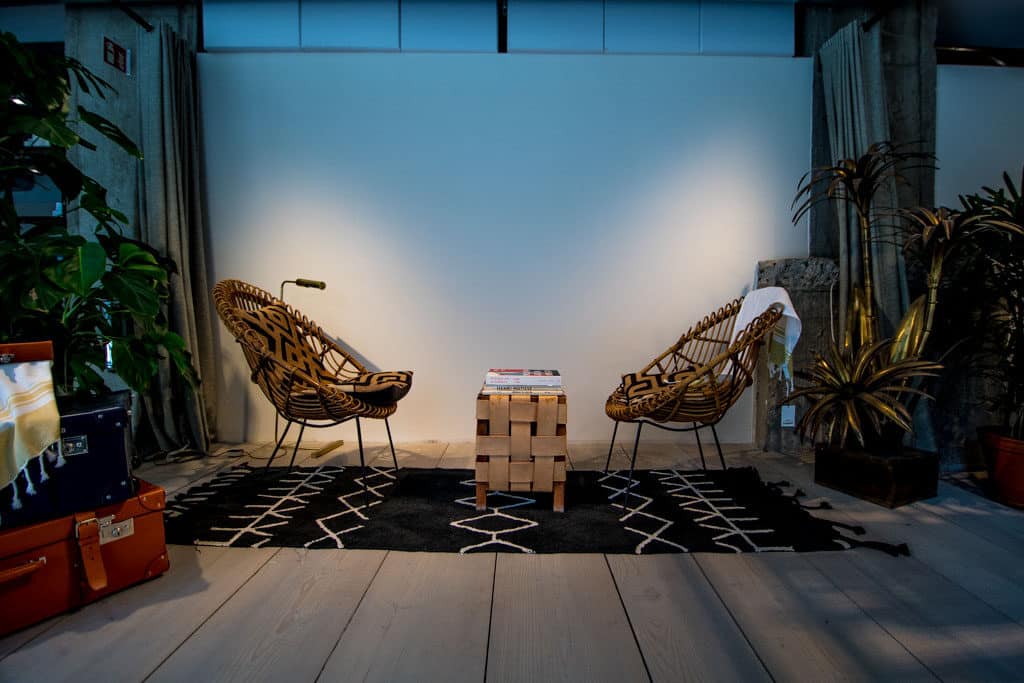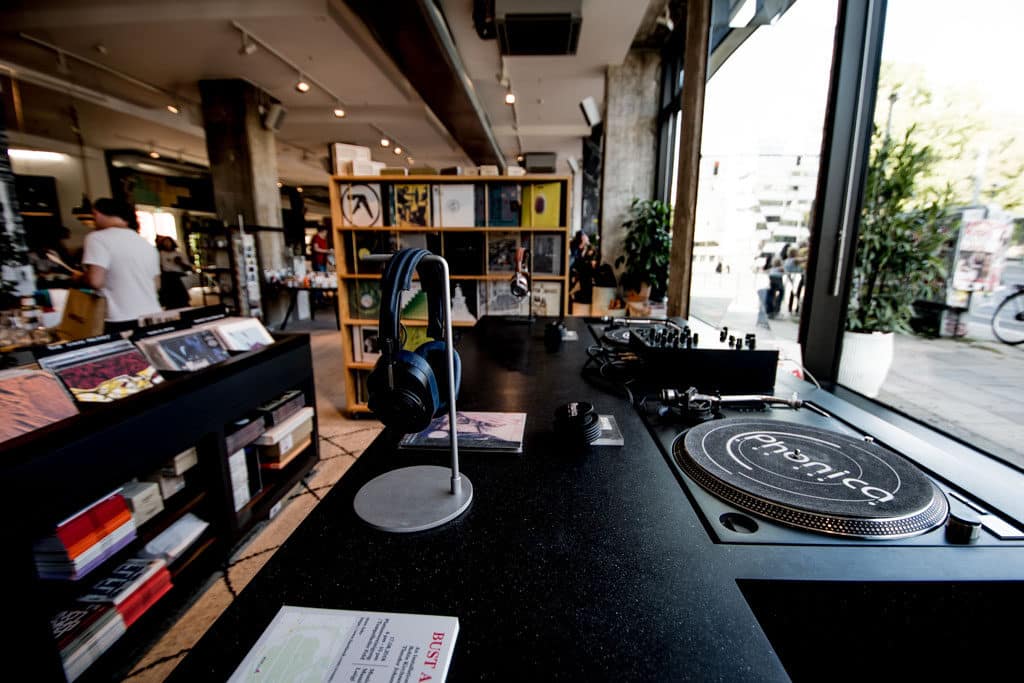In this article, I analyze the customer experience at the Soho House concept store in Berlin. This article is also an opportunity for me to discuss the future of Soho House, as its ownership structure has completely changed. Major strategic changes are therefore expected to offset the losses accumulated over the past 30 years.
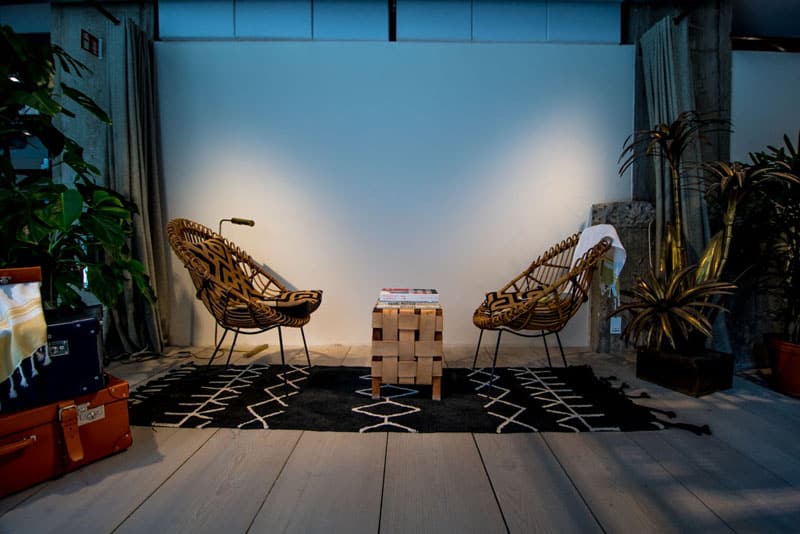
The name “Soho House” is known worldwide as a private club with locations across the globe. Originating in England, the concept has expanded to the United States and continental Europe. During a trip to Berlin, I visited the public areas of this club, providing an opportunity to discuss customer experience. This article also offers a chance to review recent stock market events surrounding this lesser-known company, which will become even less visible as it is no longer listed on the New York Stock Exchange.
Contact IntoTheMinds, market research agency
Soho House in Numbers
- $2.7 billion valuation at the time of the share buyback by MCR Hotels
- +7%: revenue increase in 2024
- $1.2 billion: total revenue in 2024
- $418 million: revenue from membership fees
- $163 million: net loss in 2024
- 270,000 members in Q2 2025 (up by 5,700)
The Soho House Concept
Soho House is not a new brand, as it has been around for over 20 years. The story began in 1995 in London with the creation of a private club aimed at bringing together creative minds. Members would gather to have a drink, enjoy the rooftop view, and engage in conversations in a setting tailored to their tastes.
The success of Soho House is partly due to its mysterious admission policy, which prioritizes the nebulous ideal of “creativity” over wealth or status. For example, The Hollywood Reporter reported that Kim Kardashian applied (on behalf of her husband) and was rejected multiple times.
Today, Soho House has diversified. It is also a hospitality and dining brand (accessible to non-members) and, as in Berlin, a trendy shopping destination. This is the part I was able to visit.
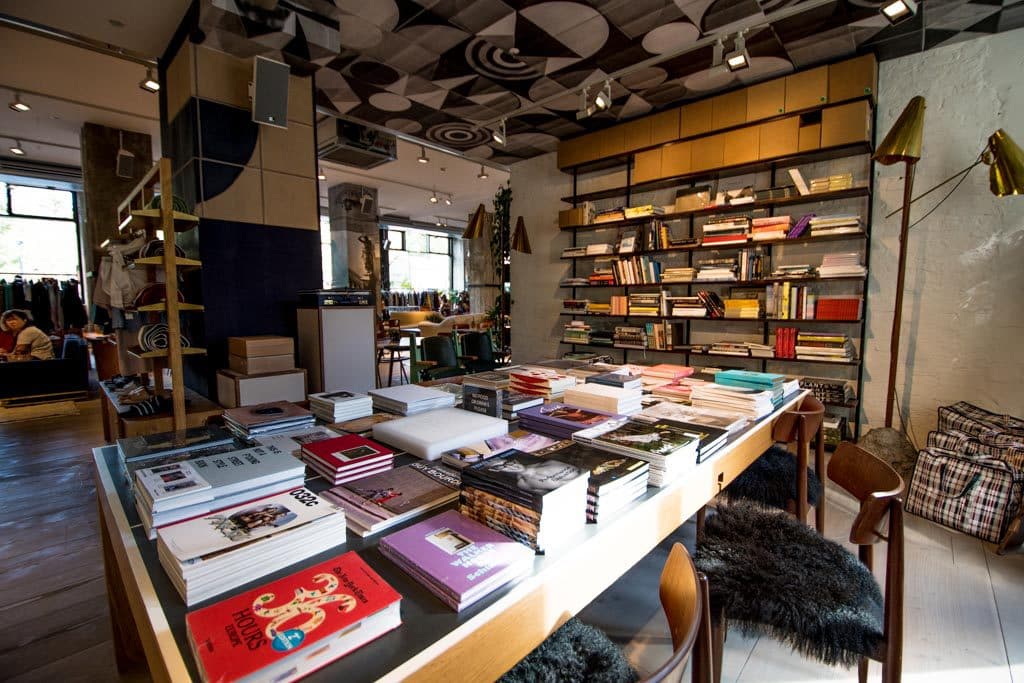
The Soho House in Berlin includes, in its public areas, a concept store. This is the library section, featuring a curated selection of high-end books aligned with the establishment’s positioning.
Delisting of Soho House from the New York Stock Exchange
As surprising as it may seem, Soho House was listed on the New York Stock Exchange. Founded by Nick Jones in 1995, the company was valued at $2.7 billion following a buyback of its floating shares by MCR Hotels. At $9 per share, Soho House was valued at $1.8 billion plus $900 million in debt, totaling $2.7 billion. Not bad for a company that has never made a dollar in profit in 30 years.
The stock market journey began with its IPO in 2021, and for those who invested, the outcome was disappointing. The stock lost 36% of its value between 2021 and its delisting in 2025. I’ll discuss Soho House’s future later in this article. For now, let’s return to Berlin to explore the concept store.
The Soho House Concept Store in Berlin
The Soho House in Berlin is located at Torstrasse 1 in the trendy Berlin-Mitte neighborhood. Upon entering the lobby, you’ll find a restaurant to your left, the hotel concierge in front of you, and the concept store to your right. Let’s explore it.
Like other concept stores (e.g., Merci Merci in Paris), you’ll find a bar where you can sip a coffee, enjoy a homemade organic pastry (naturally), or a freshly pressed smoothie. When you’re trendy, you need those little organic pleasures, don’t you?
What sets the Soho House concept store apart from others we’ve visited is, for example, the DJ set strategically placed in front of the store’s windows. Vintage vinyl records are also for sale. But what truly stood out were the workspaces scattered throughout the store. The Soho House concept store can become your nomadic office if you wish. You’ll find everything you need: food and drinks, of course, but also intellectual nourishment to fuel your inspiration. The visitors drawn to this place are undoubtedly special enough to be worth observing, the books at your disposal will inspire you, as will the carefully chosen and staged objects. Because the essence of a concept store is precisely this: staging.

The objects for sale in this concept store are an integral part of the decor, as are the furniture pieces used to display them. Veja sneakers, of course, cannot be absent from a selection aimed at a trendy clientele.
Customer Experience Analysis: Staged Objects
The essence of a concept store lies in creating meaning by bringing together products from different categories. This is the opposite of a supermarket, where items can be compared. Here, each object is unique, fits into a specific purpose and space, and is not meant to be compared. However, all align with a marketing positioning compatible with Soho House’s brand.
Each object is unique and has no equivalent. Each object is desirable, and purchasing one does not diminish the temptation to desire and give in to its distant cousin.

Each object is a source of desire. It no longer serves a utilitarian purpose, so it does not compete with another object.
In the Soho House concept store, objects are organized within micro-spaces that are clearly thought out and designed. Each space presents a small scene with its own atmosphere, created by the objects it contains. You’ll find a library area, a cozy space for two, a play area for children, and a lounge. Everything is there except the bedroom.
If you choose to sit on one of the many chairs, poufs, armchairs, or sofas, you become part of this scene and play your own role.
Beyond this somewhat philosophical analysis of the customer experience, what truly matters in a concept store like this is the quality (and rarity) of the items. There’s no doubt that the selection here is meticulous, including the vintage section. Shopping here ensures you won’t run into someone wearing the same outfit anytime soon.
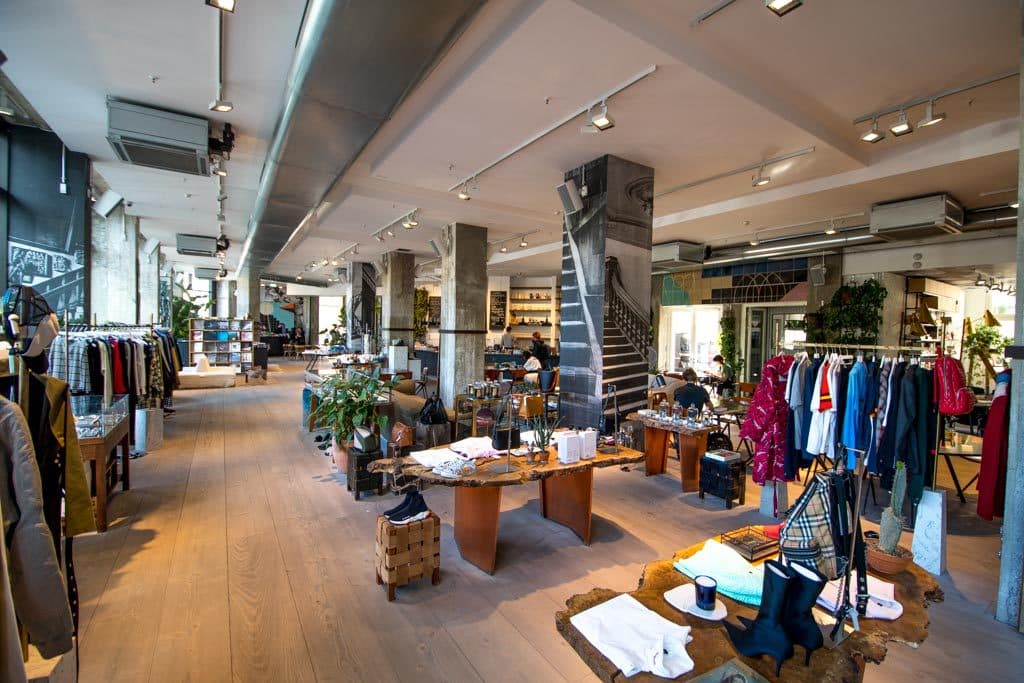
As in any concept store, objects are no longer organized by category (in aisles) but grouped by families, by stylistic affinities. This is the essence of a concept store.
What’s Next for Soho House?
The delisting from the New York Stock Exchange comes with a cash injection from a group of investors, including… Ashton Kutcher. One might wonder what the actor is doing in this mix.
What is clear is that Soho House literally owns a network of members that is worth money. Its 270,000 members are undoubtedly its most valuable asset. Membership fees alone account for nearly 35% of its revenue. Beyond these fees, the new investors will likely aim to capitalize on this network, whose intangible value is far greater.
Consider who these 270,000 members are: individuals willing to pay an average of $1,500 per year for the privilege of entering a place to spend more money. What are they seeking? Proximity to their peers and the sense of belonging to an exclusive circle. These members have money, and the goal will be to extract even more. How?
The temptation might be to open the club doors wider, i.e., to seek growth beyond the current 270,000 members. This would be a mistake, as it would go against the very concept of exclusivity that drives Soho House. Complaints from members about this have already surfaced in recent months.
In my view, the paths to explore are as follows:
- Opening new clubs: Their members won’t interact with existing ones, reducing the risk of losing exclusivity. The downside is that this approach incurs fixed costs, and profitability may not improve (in fact, it could worsen).
- Developing more exclusive, paid services within existing clubs: This leverages the existing member base without incurring new costs and addresses the desire for exclusivity. The downside is that not all members will be on equal footing, which could create frustrations.
- Developing partnerships: There’s no doubt that the member network is attractive to related brands. All premium and luxury brands would dream of exclusive access to these 270,000 members. This is, in my opinion, the most promising path to increase revenue and achieve profitability: monetize access to members more broadly and shift costs to brands. The question is whether members will appreciate this, and a thorough preliminary study is essential to confirm this. If Soho House is looking for a market research agency to handle this, we’re here 😀
In short, there’s no miracle solution. Soho House’s business model remains somewhat unstable. Losses have accumulated, and the balance is precarious despite slight profits in the last two quarters.


